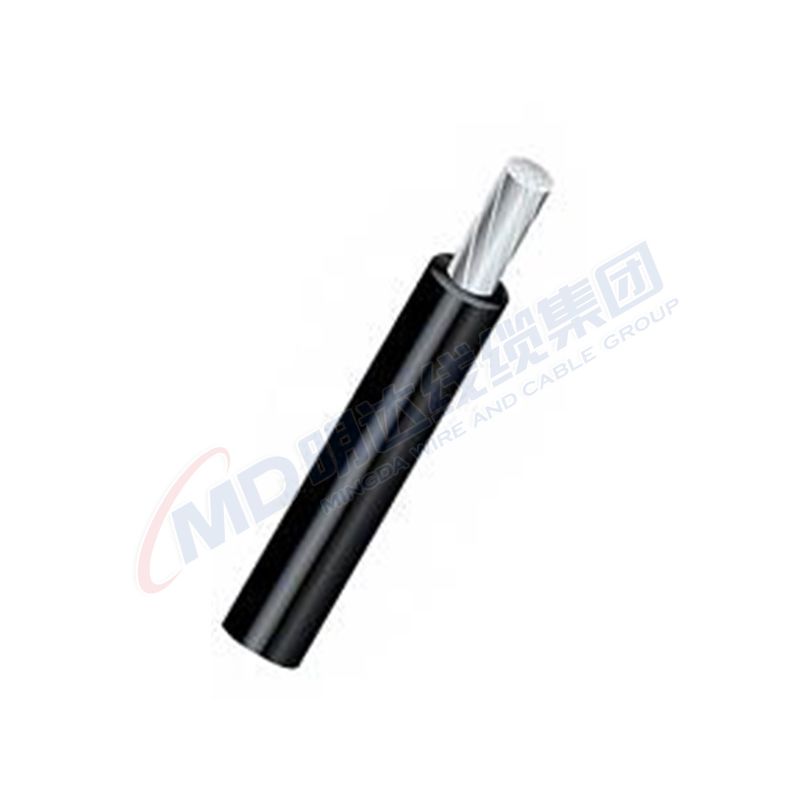Oct . 07, 2024 20:19 Back to list
swing check valve flange type
Understanding Swing Check Valve Flange Types
Swing check valves are crucial components in various piping systems, designed to allow fluid to flow in one direction while preventing backflow. Among the different configurations of swing check valves, the flange type is one of the most widely used. This article will explore the characteristics, benefits, and applications of flange-type swing check valves.
What is a Swing Check Valve?
A swing check valve operates on a simple yet effective principle. It utilizes a hinged disc that swings open to allow flow in the forward direction and then swings shut to block reverse flow. This simple mechanism makes it an essential device in maintaining the efficiency and safety of fluid systems.
Flange Type Swing Check Valve
The flange type swing check valve is specifically designed to be mounted between two flanges, ensuring a secure and leak-proof connection in the piping system. Flanged connections are prevalent due to their ease of installation and disassembly, making maintenance more straightforward.
Design Features
Flange type swing check valves come in various materials, including cast iron, stainless steel, and bronze, allowing users to select the best option for their specific applications
. These valves are often designed to conform to standards such as ANSI, API, or DIN, ensuring compatibility with existing systems.A critical feature of these valves is their size range, which can accommodate different pipe diameters. Additionally, the swing check valves can be oriented in any position, although vertical or horizontal placements are most common. The choice of material and size significantly influences factors such as pressure rating, temperature resistance, and flow capacity.
Benefits of Flange Type Swing Check Valves
swing check valve flange type

1. Backflow Prevention The primary advantage of a swing check valve is its ability to prevent backflow, which can cause contamination and damage to piping systems and equipment.
2. Low-Pressure Drop These valves are designed to minimize pressure loss within the system. The streamlined flow path enables effective fluid movement with minimal resistance.
3. Maintenance-Friendly The flanged design allows for easy installation and replacement. Maintenance personnel can quickly disassemble the valve and perform necessary repairs or replacements without extensive downtime.
4. Versatility Flange type swing check valves can be utilized in various applications, from water and wastewater treatment to chemical processing and power generation. Their adaptability makes them a go-to choice for engineers and operators.
5. Durability Built to withstand various pressures and temperatures, these valves ensure long-lasting performance under demanding conditions. The choice of material allows for exceptional resistance to corrosion and erosion.
Applications
Flange type swing check valves find their applications across numerous industries. They are notably used in water supply systems, sewage treatment plants, pump discharge lines, and in various industrial processes where controlling the flow of liquids is essential.
Conclusion
In summary, the flange type swing check valve is an indispensable asset in modern fluid systems. Its design versatility, ease of maintenance, and reliability in preventing backflow make it an ideal choice for various applications. Whether in industrial settings or municipal infrastructures, these valves play a pivotal role in ensuring the smooth and safe functioning of piping networks. Understanding their features and benefits can help you make informed decisions when selecting the right valves for your system.
Share
-
Reliable Wafer Type Butterfly Valves for Every IndustryNewsJul.25,2025
-
Reliable Flow Control Begins with the Right Ball Check ValveNewsJul.25,2025
-
Precision Flow Control Starts with Quality ValvesNewsJul.25,2025
-
Industrial Flow Control ReliabilityNewsJul.25,2025
-
Engineered for Efficiency Gate Valves That Power Industrial PerformanceNewsJul.25,2025
-
Empowering Infrastructure Through Quality ManufacturingNewsJul.25,2025